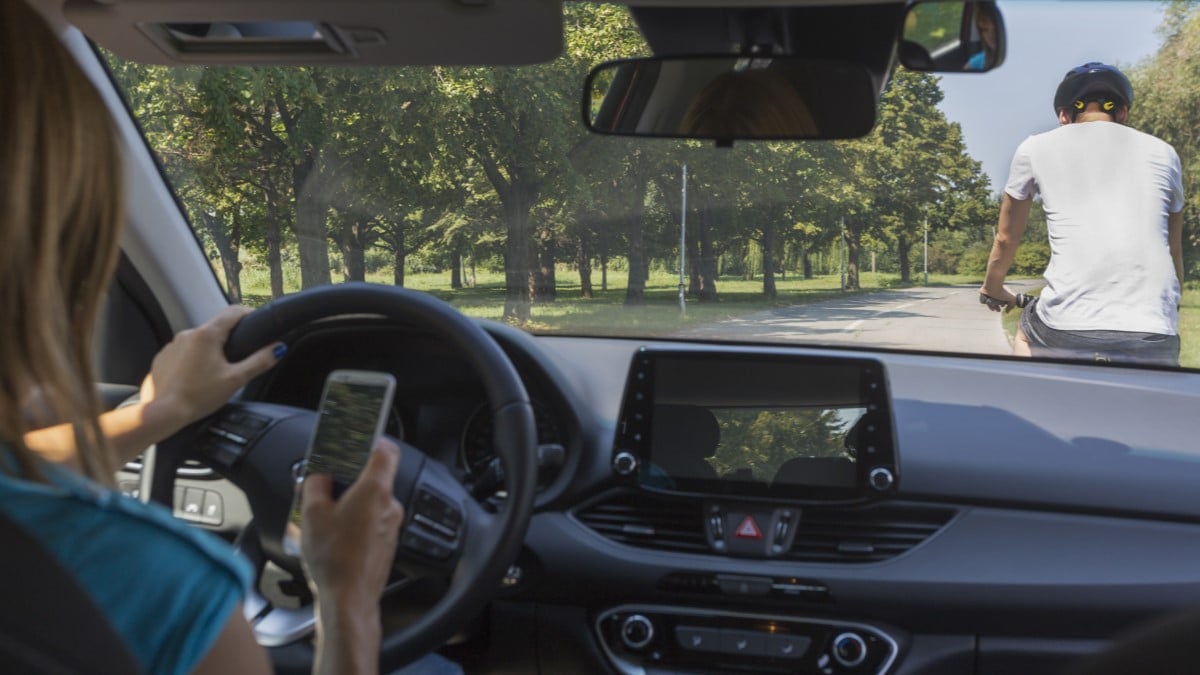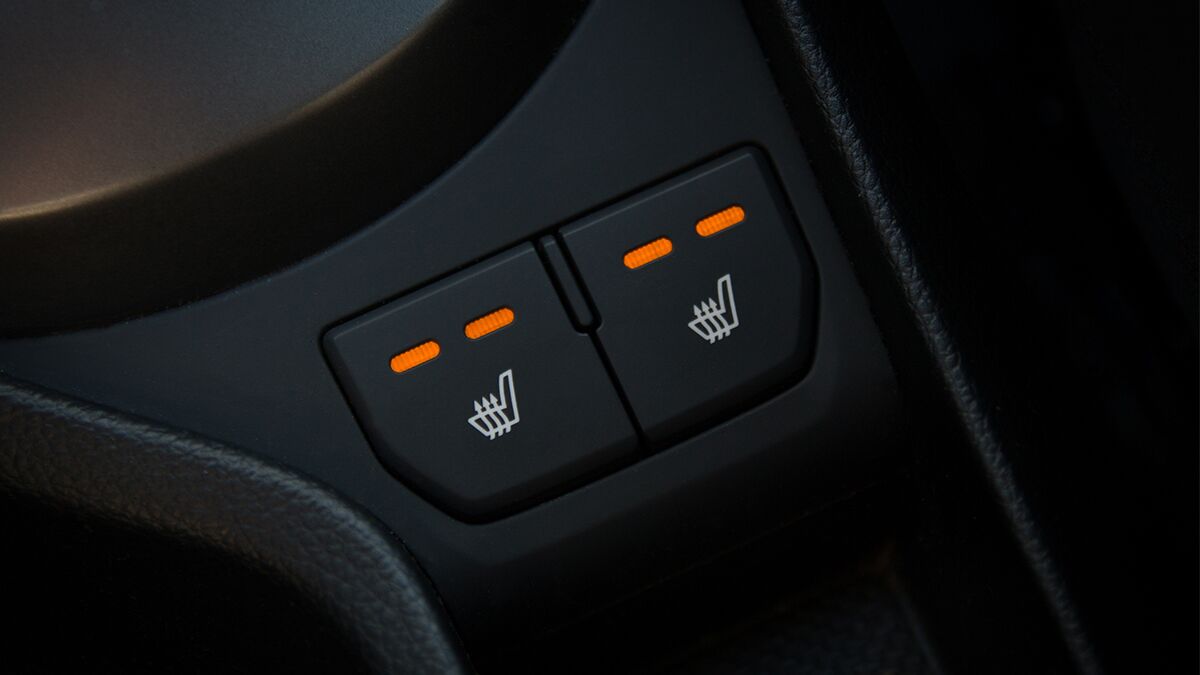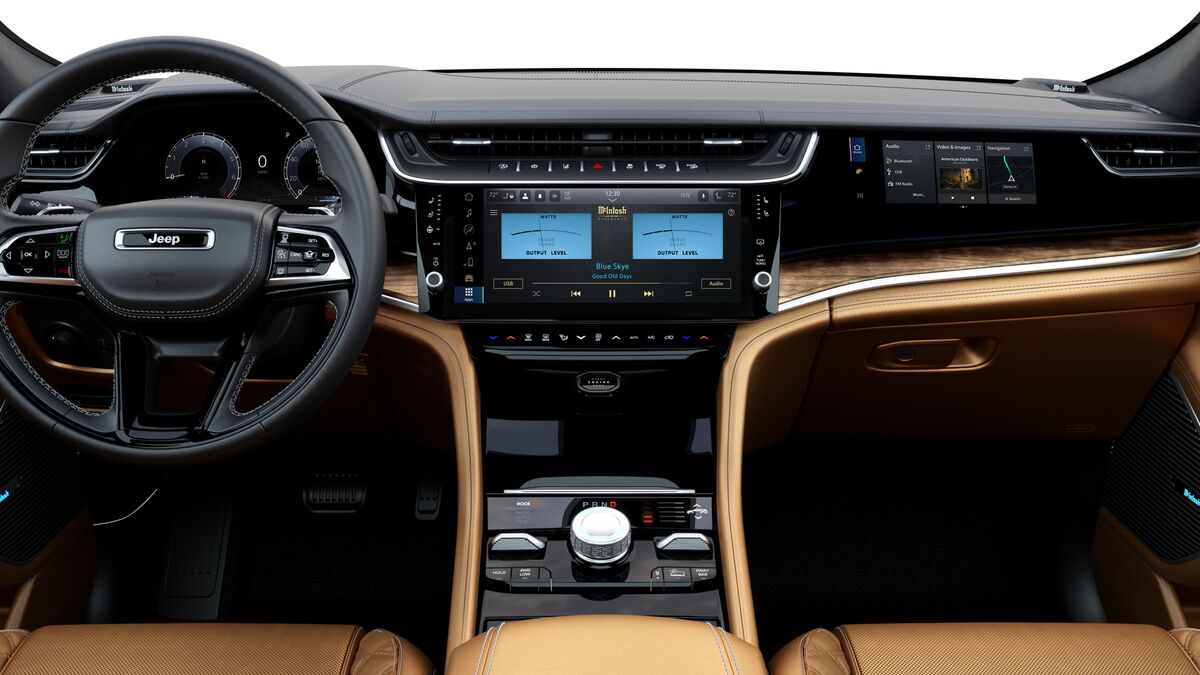“These results are a good reminder of the way people learn. If you train them to think that paying attention means nudging the steering wheel every few seconds, then that’s exactly what they’ll do.”
That’s how the president of the Insurance Institute for Highway Safety (IIHS) explains the results of a disturbing new study.
Related: Self-Driving Cars — Everything You Need to Know
Many automakers sell partial automation systems that can help drivers with driving but not take it over completely. The IIHS finds that drivers trust them to drive.
Your Insurance Company’s Research Arm
The IIHS is a car safety lab funded by auto insurance companies. It performs its own crash tests (many in the auto industry think they’re more informative than government testing) and studies how to make accidents rarer and safer.
There Are No Self-Driving Cars
Automakers are researching and developing their way toward self-driving cars. However, no manufacturers sell self-driving cars anywhere in America today. Some companies market systems that sound like they are the future.
GM’s Super Cruise and Ford’s BlueCruise, for instance, can steer a car and keep its speed steady on hundreds of thousands of miles of pre-mapped highway. The systems allow drivers to take their hands off the wheel under certain circumstances while the car is in motion and prompt drivers to take over if they take their eyes off the road.
Tesla sells a similar system that works even off the highway. Until recently, the company marketed it under the name “Full Self-Driving Capability.” However, the system can’t anticipate unusual traffic situations and requires constant adjustment from a driver paying attention to the road.
The company recently renamed the product “Full Self-Driving (Supervised).”
But Many Drivers Act Like They Own One
The IIHS conducted two studies with researchers at the Massachusetts Institute of Technology’s AgeLab.
One followed Volvo’s Pilot Assist partial automation system users for over a month. Pilot Assist is less advanced than BlueCruise, Super Cruise, or similar systems. It requires drivers always to keep their hands on the steering wheel if the car is helping to steer.
Related: Self-Driving Works – In A Straight Line, In Daylight
They don’t, IIHS researchers found. “Drivers were much more likely to check their phones, eat a sandwich or do other visual-manual activities while using Volvo’s Pilot Assist partial automation system than when driving unassisted.”
Researchers found that some were comfortable doing something other than driving with their hands right away, but others adopted the behavior after a week or two of using it.
Drivers performed tasks like “eating, grooming and using electronics” behind the wheel “whether they used the feature a lot or hardly at all.”
Drivers Learn to Trick the System’s Safeguards
A second study gave drivers access to Tesla’s Autopilot system, similar to Full Self-Driving (Supervised) but not equipped for use at intersections. Autopilot is standard equipment on every Tesla at no added cost.
The second study found similar results, with one difference related to technology.
Related: Study – Americans Don’t Trust Self-Driving Tech
Most partial automation systems use cameras to watch the driver’s eyes and shut themselves off when the driver isn’t watching the road. Tesla vehicles don’t. Tesla’s systems, instead, require drivers to make tiny movements of the steering wheel every few seconds to prove they’re alert.
Drivers, the institute says, “quickly mastered the timing interval of its attention reminder feature so that they could prevent warnings from escalating to more serious interventions.” Some “used this skill to continue engaging in distracting behaviors, punctuated by quick moves to stop the alerts.”
Part of the problem was easily distracted drivers, and another part was the system not functioning correctly. The IIHS says that about half of the time, the system alerted drivers to put their hands on the wheel when their hands were already on the wheel.
“In both these studies, drivers adapted their behavior to engage in distracting activities,” IIHS President David Harkey said. “This demonstrates why partial automation systems need more robust safeguards to prevent misuse.”








